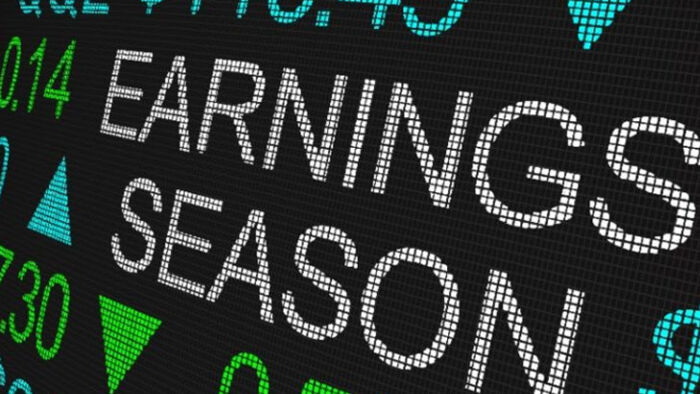A beginner's guide to reporting season
By David Thornton
Reporting season, that time of year when companies do a victory lap to celebrate strong earnings or do their best to put a positive spin on underwhelming earnings. For the retail investor, staying abreast of reporting season is part and parcel of responsible, informed investing.
What is reporting season?
The Corporations Act 2001 and Australian Securities Exchange (ASX) Listing Rules
require that ASX-listed companies provide a full company report to shareholders at least twice a year, within two months of the end of their balance sheet date.
This report will include a director's report (which includes a remuneration report), a corporate governance statement, a financial report, and an auditor's report on the financial report.
Because most companies have balance sheet dates of June 30, most of the reporting season action takes place in August. The half-year results are usually released in February.
A schedule of this year's earnings season can be found here.
Why it matters for investors
While some investments such as property provide full transparency on a near-daily basis, equities only provide a daily share price and periodic company announcements. The nuances of a company's position can only be appreciated through annual reports.
Through annual reports, investors can understand, among other things, a company's growth ambitions, risk appetite, and whether any dividend distributions are sustainable.
An annual report will also outline a company's strategic priorities, its approach to corporate governance and, increasingly these days, its commitment to sustainability.
Financial report
The financial report is the thing investors look most closely at during reporting season, as it provides a snapshot of the company's full financial position.
It will include the statement of profit or loss and other comprehensive income (sometimes referred to as a profit and loss statement), the statement of financial position (sometimes referred to as a balance sheet,) the statement of changes in equity, and a cash flow statement.
Professional investors, and serious retail investors, then use this information to generate ratios and analysis that can grade the company, such as return on investment (ROI), return on equity (ROE), liquidity ratios, and discounted cash flow (DCI).
Of course, the financial results need to be taken in the context of a company's point of development. If it's in a growth phase, for instance, profit may be deliberately supressed as the company diverts funds towards growth, whether they be organic or through acquisitions.
Announcements
Annual and half-year reports aren't the only two times investors will get information about publicly-listed companies.
It is an ASX listing requirement that companies disclose any information that has a reasonable chance of moving a share price up or down. In the words of the ASX: "Once an entity is or becomes aware of any information concerning it that a reasonable person would expect to have a material effect on the price or value of the entity's securities, the entity must immediately tell ASX that information."
2021
Reporting season has been strong so far, continuing the upward trajectory the share market has been on since the falls of last March when the pandemic took hold.
"Results so far have been stronger than expected with 79% of companies reporting earnings up on a year ago and a large return of capital to shareholders via increased or reinstated dividends and buybacks," says AMP chief economist Shane Oliver.
The strong results have also reflected areas of the economy that have done well during COVID, such as property and mining.
REA Group (ASX:REA) benefited from a booming residential market. EBITDA (Earnings Before Interest, Taxes, Depreciation and Amortisation) lifted 19% to $564.8 million, while underlying Net Profit After Tax (NPAT) saw a similar lift of 18% to $318 million.
Rio Tinto (ASX:RIO), meanwhile, posted a 156% surge in underlying earnings to A$16.5 billion on the back of soaring iron ore prices.
Get stories like this in our newsletters.



